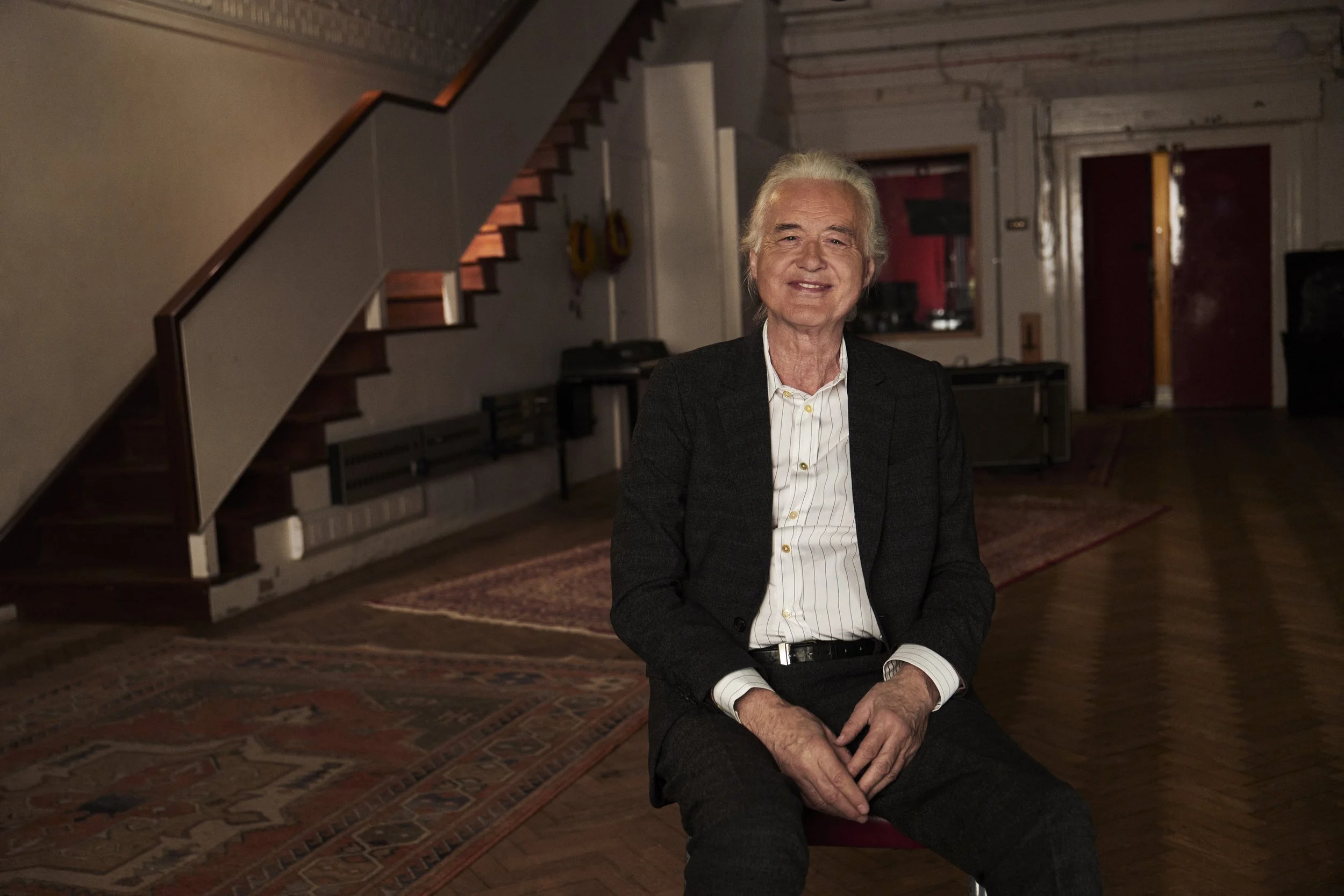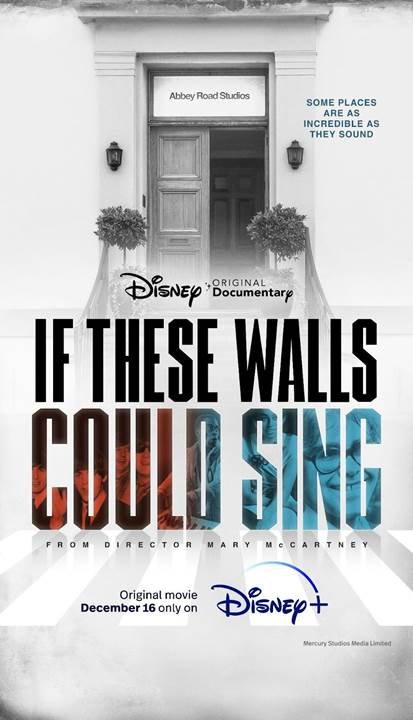If These Walls Could Sing Review - Mary McCartney Celebrates Her Childhood in this Definitive Look at Abbey Road Studios
Chances are that, when I say the words Abbey Road, there will be a group of you who know that I’m talking about Abbey Road Studios and a group that knows the name from the cover art of The Beatles album of the same name. Me? I’m a mix of the two. I didn’t grow up with artists who recorded at Abbey Road Studios, except Oasis and John Williams. That, and I’d always see “recorded at Abbey Road Studios” in the credits of the movies I watched growing up, like the Star Wars trilogies, The Prince of Egypt, The Lord of the Rings trilogy, the nine Harry Potter movies, among many others.
So, when I received an email for a documentary about Abbey Road Studios and the musicians and technicians who influenced the studio to become the name it is today, I was all in. Who doesn’t love learning about something they only have a passing knowledge of? Furthermore, who wouldn’t love hearing about it from Mary McCartney, daughter of The Beatles’ Paul McCartney?
Speaking of Mary, I want to go right into how she directs this documentary. Without a shadow of a doubt, Mary McCartney is the perfect person to direct a documentary about Abbey Road Studios. As she says in her opening narration, she has been to Abbey Road Studios “for as long as I can remember.” That unique experience grants her the opportunity to not only have relaxed interviews with musicians like her father, Paul McCartney, Ringo Starr, Elton John, Roger Waters, Liam Gallagher, John Williams, Celeste, and Sheku Kanneh-Mason, among others but also gain insight into those involved with the process of recording the albums we know and love. Another thing I love about Mary’s direction is that she isn’t content there. She also goes out of her way to include interviews with musicians inspired by Abbey Road Studios recordings and get their perspective on what role Abbey Road Studios played in their careers. It’s a small touch that is greatly appreciated because it allows the viewer to dismiss the project as a pet project for a child of a celebrity to process their childhood through and becomes a definitive look at Abbey Road Studios. Another round of small touches I enjoyed was the uniquely styled photo collages introducing each section of the documentary and the occasional interjections of archival footage to include studio chatter from musicians talking to the staff of Abbey Road.



That said, Mary’s direction is far from perfect. Often, I would find myself confused by why she was focusing so much on The Beatles’ legacy to the point that the documentary felt like a companion piece to The Beatles: Get Back, not giving the audio mixers and balancers the proper amount of runtime compared to the musicians who recorded at Abbey Road, and a general sense of getting lost in trying to create the definitive Abbey Road documentary to the point where the documentary feels like it overstays its welcome by the hour mark.
























What’s a music documentary review without talking about music? Music supervisor Ross Sellwood and music editor Tom Verstappen create this soundscape that honors the work of Abbey Road Studios’ staff with a stellar sound mix that is equally balanced between the left and right stereo channels in the Dolby Digital audio track. There’s such a full sound to each song that plays throughout the documentary that it’s a shame the sound mix isn’t Dolby Atmos or featuring some binaural audio, but given Apple Music added Dolby Atmos in May of 2021 and Blu-rays are just now being mixed in Atmos, I’ll cut them some slack.
However, what I can’t cut slack on is the tendency to try to blow my eardrums out of my head every time a new artist is introduced. Each artist’s introduction was so loud at 50% volume that I had to lower the audio to 30% during the introductions or take my headphones off to reorient myself before jumping back into it.


















Now, let’s talk about the cinematography by Gary Clarke, Tim Cragg, Ben Magahy, Samuel Painter, and Graham Smith. The five-person team does a great job of finding visually inventive ways to film the interviews, combining some handheld work with locked-off shots filmed on a tripod. Also, the way that archival footage is interspersed within these interviews is done very tastefully and only adds to the experience.
For this being Mary’s first documentary, she shows the talent of someone who’s been doing it for years. Furthermore, she uses her unique upbringing as the daughter of one of the world’s most famous musicians to tell more people about the recording studio she grew up in. If you’re interested in how music is made or its impact, I’d recommend watching If These Walls Could Sing as soon as possible.
★★★★
If These Walls Could Sing is now available to stream with a Disney+ or Hulu subscription.
Until next time!
Thanks to Shane Conto, Joseph Davis, David Walters, Ambula Bula, Matthew Simpson, Thom Blackburn, and Beatrice, AKA Shakesqueer, for supporting Austin B Media on Patreon!


